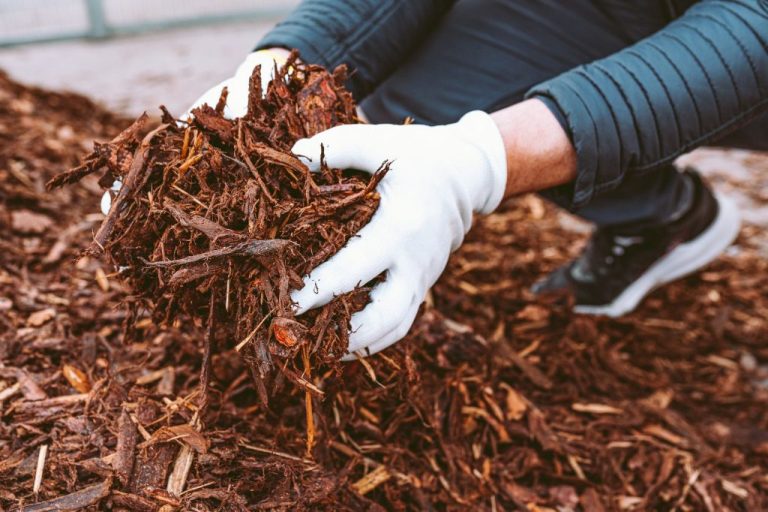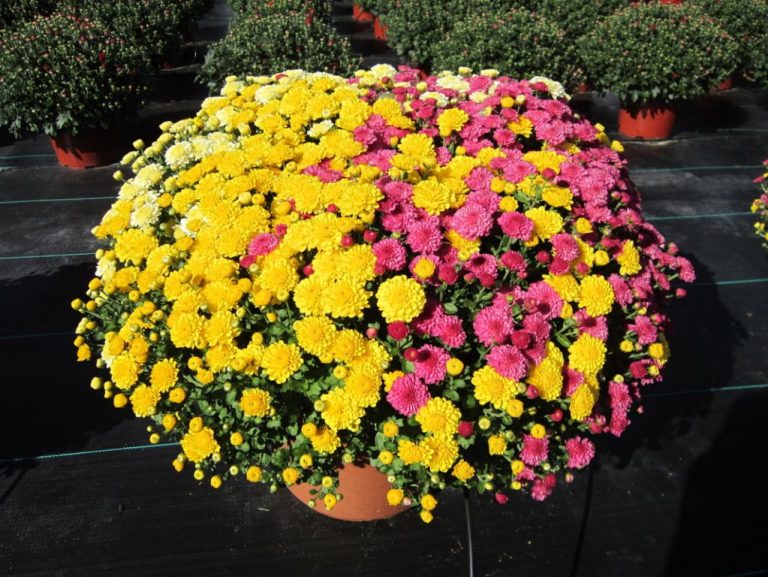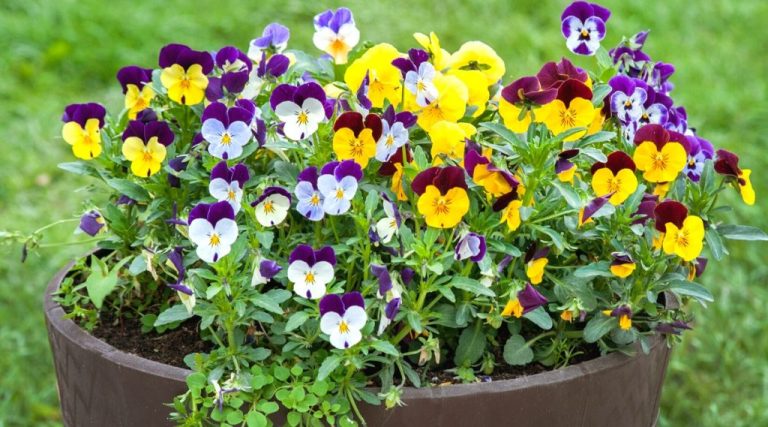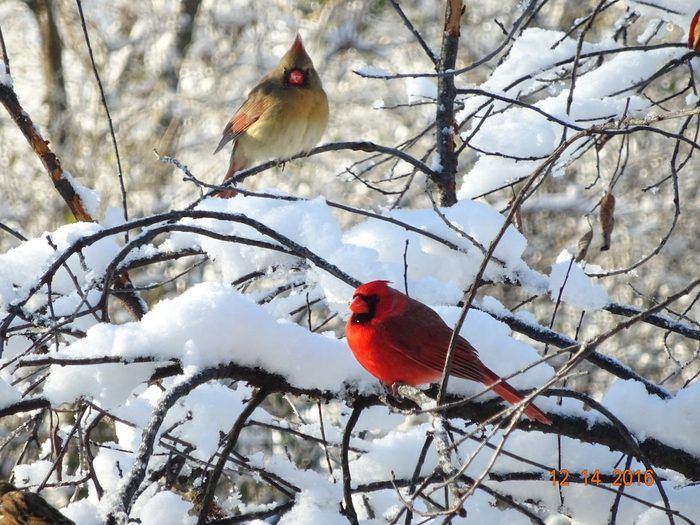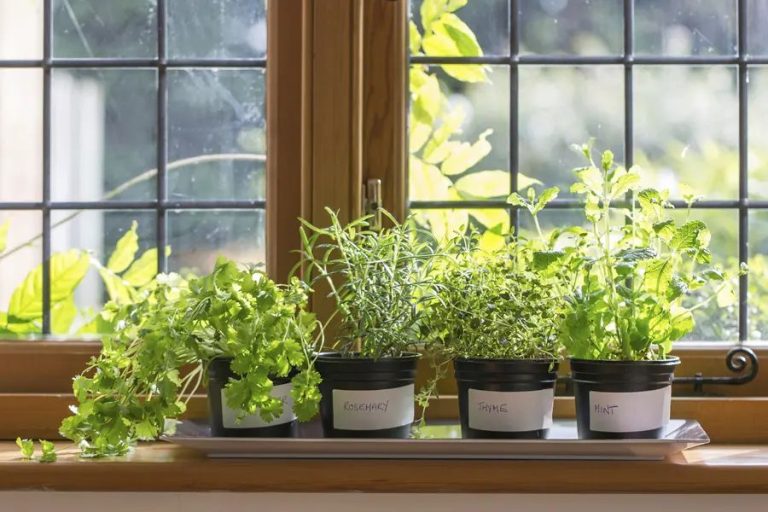Summer Garden Pests: Common Problems And Solutions
Summer is prime time for gardening, but it’s also when gardens are most susceptible to pests. Warm weather brings out a variety of insects, mites, mollusks, and other creatures looking for food and places to lay eggs. Common summer garden pests like aphids, Japanese beetles, tomato hornworms, and squash bugs can quickly damage vegetable plants and ornamentals if left uncontrolled. While chemical pesticides may seem like an easy solution, they can harm beneficial insects, pets, wildlife, and even people. This guide covers some of the most prevalent summer garden pests, signs of infestation, organic solutions, and tips to prevent problems before they start.
Aphids
Aphids are soft-bodied insects that use their piercing mouthparts to suck sap from plant tissue. Common species in home gardens include the green peach aphid, melon aphid, and potato aphid. They are typically found clustered on stems, leaves, buds and flowers, and can spread viral diseases between plants. Aphids produce a clear and sticky honeydew as they feed that attracts sooty mold fungi. They can do substantial damage if populations boom, causing leaves to yellow, twist, and die.
Organic solutions for managing aphids include releasing ladybugs, spraying insecticidal soap or neem oil, or applying strong blasts of water to dislodge them from plants. Ladybugs are natural predators that will eat aphids. Insecticidal soaps suffocate soft-bodied insects like aphids on contact. Neem oil deteres feeding and disrupts their reproduction. Whatever control method is used, it’s best to check plants regularly and take action early before the infestation grows too large. With persistence, it’s possible to keep aphid populations at acceptable levels without resorting to synthetic insecticides. For more information see the University of Wisconsin Extension’s guide to aphids at https://hort.extension.wisc.edu/articles/aphids-2/ and the University of Minnesota Extension’s guide at https://extension.umn.edu/yard-and-garden-insects/aphids.
Japanese Beetles
Japanese beetles (Popillia japonica) are metallic green beetles with copper-brown wing covers that feed on over 300 varieties of plants. The adult beetles emerge from the ground in the summer and feast on foliage, flowers, and fruit, skeletonizing leaves and leaving lacy damage behind. Roses, lilacs, lime trees, grapes, and raspberries are some of their favorite plants to devour. The grubs also develop underground, feeding on grass roots and causing damage to lawns.
Some solutions for controlling Japanese beetle problems include:
– Milky spore disease – this biological control contains spores of a bacterium that specifically targets and kills Japanese beetle grubs in the soil without harming beneficial insects or earthworms. It can provide long-term grub control when applied to turf over several years.
– Traps – pheromone or floral lures can attract beetles and trap them so they cannot feed and breed. Traps need to be placed away from vulnerable plants and disposed of regularly when full of beetles.
– Handpicking – simply knocking or picking beetles off plants into a bucket of soapy water is an effective way to reduce damage. This should be done early and often each day.
– Insecticides – products containing imidacloprid or carbaryl can be applied as soil drenches or sprays on foliage to kill adult beetles, grubs, or both. Always follow label directions.
Focusing on prevention and using multiple methods together will provide the best control over these destructive yet beautiful pests.
Tomato Hornworms
Tomato hornworms are the larval stage of the five-spotted hawk moth (Manduca quinquemaculata). These large green caterpillars can grow up to 4 inches long and have white V-shaped marks along their sides and a horn on their rear end.
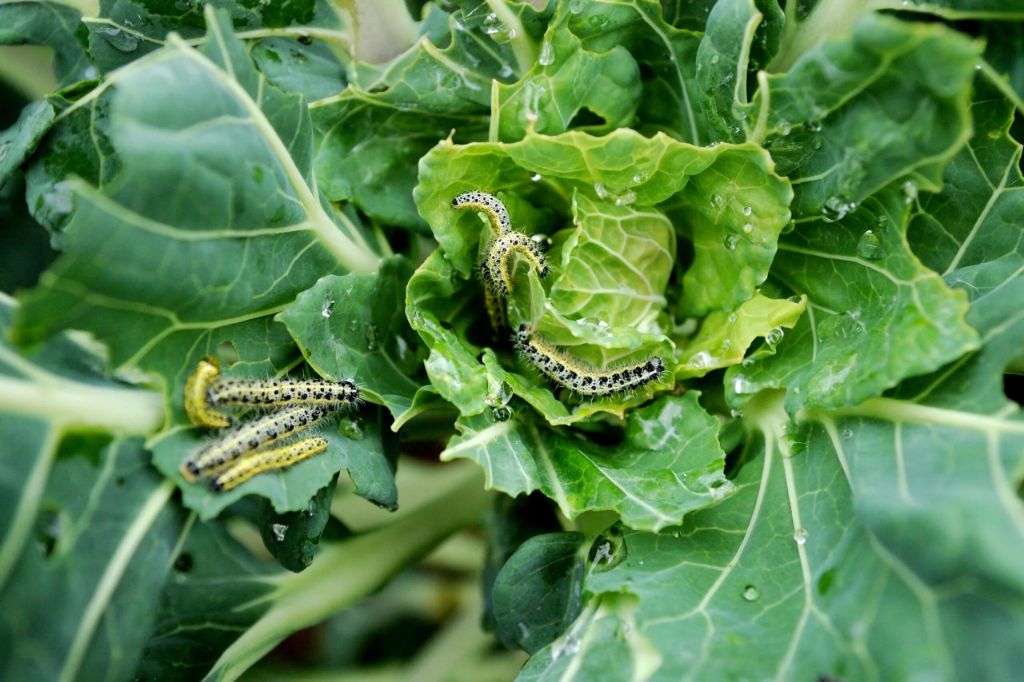
Tomato hornworms are voracious eaters that can quickly defoliate tomato plants. According to the University of Minnesota Extension[1], the first signs of infestation are chewed, missing, or stripped foliage. As they feed, tomato hornworms leave behind dark green or black droppings on plants and the surrounding soil.
To control tomato hornworms, carefully check under leaves and pick off any caterpillars by hand. You can also spray plants with Bacillus thuringiensis (Bt), a natural bacteria that is toxic to hornworms but safe for humans. Bt must be reapplied after heavy rains.
Squash Bugs
Squash bugs (Anasa tristis) are common leaf-footed bugs that feed on squash, pumpkins, gourds, and other cucurbits. They pierce the stems and leaves of plants to suck out sap, causing leaves to wilt and turn black (Squash Bug Prevention). There are two generations of squash bugs per year; the first hatches in late spring and the second in mid-summer. Both nymphs and adults can cause damage to plants.
To help prevent issues with squash bugs:
- Keep the garden area clean and free of plant debris where bugs may overwinter.
- Use row covers early in the season before squash plants flower.
- Attract natural predators like tachinid flies, praying mantids, and ground beetles.
If squash bugs do show up, you can use insecticidal soap or detergent mixed with water and sprayed directly on the insects (7 Ways to Get Rid of Squash Bugs). Be sure to get under leaves where they often hide. Handpicking egg clusters can also help reduce their numbers.
Slugs and Snails
Slugs and snails are perhaps the most notorious pests in the home vegetable garden. According to the Almanac, the average garden contains upwards of 15,000 slugs! (https://www.almanac.com/pest/slugs-and-snails) These slimy creatures thrive in mild, wet conditions and can decimate tender seedlings and leaves overnight.
Slugs and snails prefer damp hiding spots and emerge at night to feed on a wide variety of vegetables, herbs, flowers, and fruits. Some favorites include lettuce, beans, cabbage, peppers, tomatoes, strawberries, and ripening fruit that has fallen to the ground. Areas with moist soil, mulch, ground cover, and dense plantings often attract the highest populations. (https://www.lovethegarden.com/uk-en/garden-problem/slugs-and-snails)
To protect plants, create physical barriers like copper tape around pots and raised beds. Diatomaceous earth sprinkled around the garden can also deter slugs and snails. Traps made from boards or overturned flower pots will provide daytime refuge, allowing you to hand pick pests each morning. For severe infestations, iron phosphate baits are an effective organic control.
Caterpillars
Some of the most common caterpillars that can infest vegetable gardens and damage crops include cabbage loopers, tomato hornworms, and tobacco hornworms. Caterpillars tend to feed on foliage of plants in the cabbage family as well as nightshades like tomatoes, peppers, and eggplant [1].
To control a caterpillar infestation, start by manually removing any visible caterpillars from plants and dropping them into a bucket of soapy water to kill them. You can also try using Bacillus thuringiensis (Bt), a natural bacterium that is effective against caterpillars but harmless to humans and beneficial insects [2]. Applying this organic pesticide according to label instructions when caterpillars are first spotted can provide good control.
Another natural way to manage caterpillars is by attracting birds to your garden with bird houses and feeders. Birds are excellent predators of caterpillars and can help reduce populations when present.
Be diligent about monitoring for caterpillars and taking action early before they have a chance to severely damage crops. Handpicking and using Bt spray are effective organic solutions for controlling a caterpillar infestation in the vegetable garden.
Thrips
Thrips are tiny, slender insects that can be various colors like yellow, black, or brown. There are many different species, but they typically measure around 1/25 of an inch long. They feed on plants by puncturing the tissues and sucking out the juices, leaving behind white or silvery patches on leaves, flowers, and fruits. This feedingdamage can stunt plant growth, deform flowers and fruits, and reduce yields.
Signs of thrips damage include distorted foliage, discolored patches or streaks on leaves and fruits, black dots of excrement, and plants that are slow growing or stunted. Flowers can be discolored, deformed, or pollination can be disrupted. On close inspection, you may see the minute insects on affected parts of the plant.
To manage thrips organically:
- Prune and discard any highly infested parts of plants. This removes part of the population and prevents them from spreading.
- Use yellow or blue sticky traps near plants to monitor for thrips and trap some of the adults.
- Introduce predatory insects like minute pirate bugs, predatory mites, and nematodes which will feed on thrips.
As a chemical control, insecticidal soaps and horticultural oils can help reduce thrips populations when applied thoroughly and with good coverage. Products containing spinosad or azadirachtin may also be effective on thrips infesting garden plants.
Preventive Measures
There are several effective preventive measures gardeners can take to avoid pests without using harsh chemicals. Mulching around plants with materials like wood chips, grass clippings, or straw helps retain soil moisture and block weeds from germinating. Row covers made of lightweight fabric can be placed over crops to create a physical barrier against flying insects like cabbage moths. Practicing crop rotation by planting families of vegetables in different areas of the garden each year prevents the buildup of pests that target specific plants. Timing plantings carefully can help avoid peak activity periods for certain pests – for example, delaying brassica starts until after peak cabbage moth seasons.
Sources:
https://www.growveg.com/guides/7-simple-strategies-to-prevent-garden-pests/
https://www.bhg.com/gardening/pests/insects-diseases-weeds/garden-pest-control/
Conclusion
Throughout this article, we’ve explored some of the most common garden pests that can wreak havoc during the summer months. From sap-sucking aphids to voracious tomato hornworms, these insects and other creatures can quickly damage your vegetable plants and ornamentals if left unchecked.
Implementing preventative measures like row covers and regular garden inspections can help limit pest populations before they get out of control. It’s also important to properly identify pests and use appropriate organic or chemical controls tailored to each specific problem. With vigilance and quick action, you can protect your garden from these summertime foes.
The takeaway is that pest control is an essential part of gardening, especially in the summer when insect activity peaks. A healthy garden ecosystem relies on keeping pests in balance. By taking the time to monitor for issues and addressing them promptly and responsibly, you’ll be rewarded with a productive vegetable patch and beautiful flowers and foliage.

